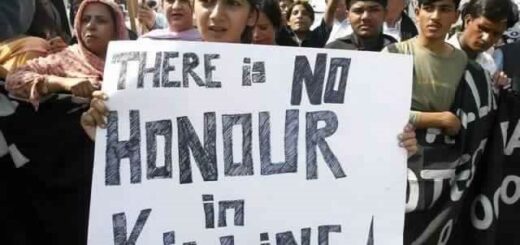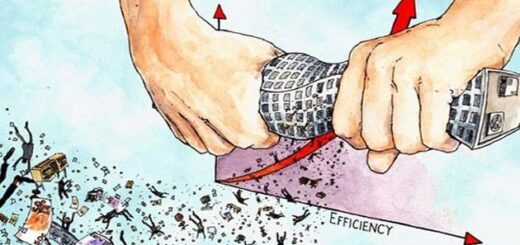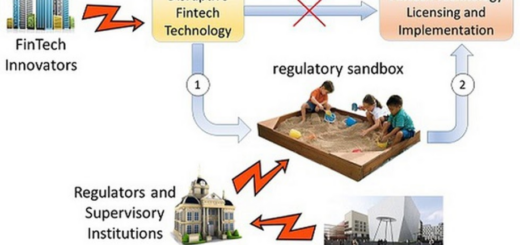National Current Affairs – UPSC/KAS Exams – 17th March 2020
Topic: International Relations
In News: After lying moribund for years, the South Asian Association for Regional Cooperation (SAARC) has suddenly acquired a new lease of life as Prime Minister Narendra Modi decided to convene a video conference of leaders of the eight-member SAARC. It represents a much-needed “out-of-the-box” thinking as the world faces the COVID-19 coronavirus pandemic.
More on the Topic:
- The hour-long discussion with the leaders of Afghanistan, the Maldives, Bangladesh, Bhutan Nepal, Sri Lanka, and the Special Assistant on Health to the Pakistan PM, came up with shared and unique perspectives in dealing with the virus that has affected 1,75,250 people and claimed over 6,700 lives worldwide.
- The meeting saw Mr. Modi’s proposal for a COVID-19 emergency fund India will contribute $10-million — as well as a decision on technical task forces.
- Specific Risks to SAARC Countries: Afghanistan and Pakistan have specific challenges as they share long borders with Iran, which has emerged, after China and Italy, as a major hub of the virus.
- Bhutan, the Maldives, Nepal and Sri Lanka worry about the impact on tourism, which is a mainstay of their economies.
- Another concern is of an escalation in the virus’s spread in the subcontinent. With close to 300 positive cases, South Asia has seen a much lower incidence globally, but given its much higher population density, it is clear that any outbreak will lead to far more casualties.
- Other concerns are about under-reporting, as fewer people are being tested in much of South Asia, and whether public health services can cope. It remains to be seen how closely the SAARC countries will cooperate to deal with the virus.
New developments old tensions:
- The virtual summit is the first high-level SAARC meet since 2014, and comes after India’s pulling out of the 2016 summit following the Uri attack; it was to have been hosted in Islamabad.
- Pakistan too has made its concerns over Jammu and Kashmir a sticking point in re-engagement, and PM Imran Khan’s absence on the summit, and his nominee’s attempt to raise the issue of restrictions in Kashmir indicate that this attitude persists.
Conclusion:
- Clearly, reviving the SAARC initiative, which countries in the region including Nepal, Sri Lanka and Bhutan have advised, will not be easy, given poor ties between SAARC’s two largest members, India and Pakistan. But it is significant that New Delhi seems to be willing to try to put politics aside when dealing with the pandemic that confronts all.
- The tragedy of COVID-19 may provide an opportunity for India to demonstrate its compassionate face to secure a region at peace with itself.
- India cannot afford to not to harvest this opportunity, after having sowed the seeds of a New South Asia.
Model Mains Question: Discuss the relevance of SAARC in India’s foreign policy.
Source: Hindu
Topic: Government Schemes
In News: The WCD Minister has informed about some progress in the National Creche Scheme. As on 11th March 2020, 6453 crèches are functional across the country under NCS.
More on the Topic:
- Earlier named as Rajiv Gandhi National Creche Scheme, the NCS is being implemented as a Centrally Sponsored Scheme through States/UTs with effect from.
- It aims to provide daycare facilities to children (age group of 6 months to 6 years) of working mothers.
Salient features:
- Daycare Facilities including Sleeping Facilities.
- Early Stimulation for children below 3 years and pre-school education for 3 to 6 years old children.
- Supplementary Nutrition ( to be locally sourced)
- Growth Monitoring
- Health Check-up and Immunization
Guidelines:
- Crèches shall be open for 26 days in a month and for seven and a half (7-1/2) hours per day.
- The number of children in the crèche should not be more than 25 per crèche with 01 Worker and 01 helpers respectively.
- User charges to bring in an element of community ownership and collected as under:
- BPL families – Rs 20/- per child per month.
- Families with Income (Both Parents) of up to Rs. 12,000/- per month – Rs. 100/- per child per month
- Families with Income (Both Parents) of above Rs. 12,000/- per month – Rs. 200/- per child per month.
Source: PIB
Notified Disaster: State Disaster Response Fund (SDRF)
Topic: Governance
In News: The MHA said it has decided to treat COVID-19 as a “notified disaster” for the purpose of providing assistance under the State Disaster Response Fund (SDRF).
More on the topic:
- The SDRF is the primary fund available with the State governments for responses to notified disasters to meet expenditure for providing immediate relief to the victims.
- The Centre contributes 75% of the SDRF allocation for general category States and Union Territories and 90% for special category States (northeast, Uttarakhand, Himachal Pradesh, Jammu and Kashmir).
- The SDRF is constituted under the Disaster Management Act, 2005 and is the primary fund available with state governments for responses to notified disasters.
- For SDRF, the Centre releases funds in two equal instalments as per the recommendation of the Finance Commission.
Source: PIB
The annual Chaitra Jatra festival
Topic: Culture
In News: The famous annual Chaitra Jatra festival scheduled to be held at Odisha’s Tara Tarini hill shrine was cancelled as a precautionary measure against COVID-19 infection.
More on the Topic:
- Tara Tarini hill shrine, located at Kumari hill on banks of the Rushikulya river, is a major centre of Shakti worship in Odisha.
- Indian Navy’s sailboat INSV Tarini was named after Tara Tarini hill shrine. The first Indian all-woman crew had circumnavigated the globe in INSV Tarini.
- The twin goddesses Tara and Tarini represent one Shakti and are the main deity of Ganjam district (Odisha).
- Tara is an important deity of Mahayana Buddhist Sect.
- This temple had been built as per traditional Rekha style of Odia temple architecture, as per which famous Jagannath temple of Puri and Lingaraj temple of Bhubaneswar have been built.
- Unlike other temples, it wasn’t built under the patronage of a King or a Noble, the temple was set up by a Brahmin named Basu Praharaj as per popular legend.
- Since its inception it has been an established seat of Tantrism.
Source: Hindu
Topic: Economy
In News: A roll on-roll off cum passenger ferry service, also called ‘Ropax’, between Mumbai and Mandwa was launched recently.
More on the Topic:
- The vessel, built in Greece, can carry 200 cars and 1,000 passengers, and is capable of plying even during monsoon.
- ROPAX service is a water transport service project under Eastern Waterfront Development.
- It can reach speeds of 14 knots and will complete the 18-kilometre sea journey in 45 minutes to one hour. The road distance between Mumbai and Mandwa is 110 kilometres and can take anything between three to four hours.
- The benefits of this service include reduction in the travel time, vehicular emission and traffic on the road.
| · The Eastern Waterfront is the Mumbai Port Trust’s (MbPT’s) plan to develop the port lands across Mumbai’s eastern coast stretching from Sassoon Dock to Wadala.
· MbPT is an autonomous Body of the Government of India under the Ministry of Shipping. · The project has a focus on a water transport by making a provision for water taxis, international and domestic cruises and ro-pax (roll on/roll off passengers) services. |
Source: Indian Express
Topic: Health
In News: The UK’s Chief Scientific Adviser has said a degree of herd immunity will help the UK population as Covid-19 spreads.
More on the Topic:
- Herd immunity is a standard feature of disease management and has worked for the control of a whole host of diseases, such as many types of flu and severe illnesses, such as measles.
- Those examples, however, cannot be compared to the radical British approach to the novel coronavirus by virtue of the fact that herd immunity to them is a result of vaccines and not direct infection.
| · Herd immunity is a form of indirect protection from infectious disease that occurs when a large percentage of a population has become immune to an infection, whether through infection or vaccination, thereby providing a measure of protection for individuals who are not immune.
· In theory, herd immunity means not everyone in a community needs to be immune to prevent spread of disease. If a high enough proportion of individuals in a population are immune, the majority will protect the few susceptible people because the pathogen is less likely to find a susceptible person. |
Source: Hindu
Grand Ethiopian Renaissance Dam (GERD)
Topic: Infrastructure Development
In News: As the deadline draws closer for the Grand Ethiopian Renaissance Dam (GERD) on the river Nile to become functional, the dispute between Ethiopia and Egypt, with Sudan caught in between, has escalated into a diplomatic stand-off.
More on the Topic:
- The contentious issue around the GERD, Africa’s biggest hydropower project, concerns control of the flow of water in the world’s longest river among the riparian states. Ethiopia, Africa’s second-most populated country and a manufacturing hub, views the mega dam as a symbol of its sovereignty.
- The government wants to extend power supply to some 60% of the country’s population and bridge the infrastructure gap.
- Addis Ababa is hence impatient to fill the gigantic reservoir within six years, and generate 6,000 MW of electricity.
- Egypt relies on the Nile for 90% of its freshwater supply, is apprehensive that a rapid filling of the reservoir in upstream Ethiopia would cause a drastic reduction in supplies.
| Formerly known as the Millennium Dam, is under construction in the Benishangul-Gumuz region of Ethiopia, on the Blue Nile River, which is located about 40km east of Sudan. |
Source: PIB


















